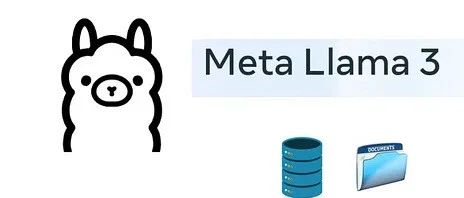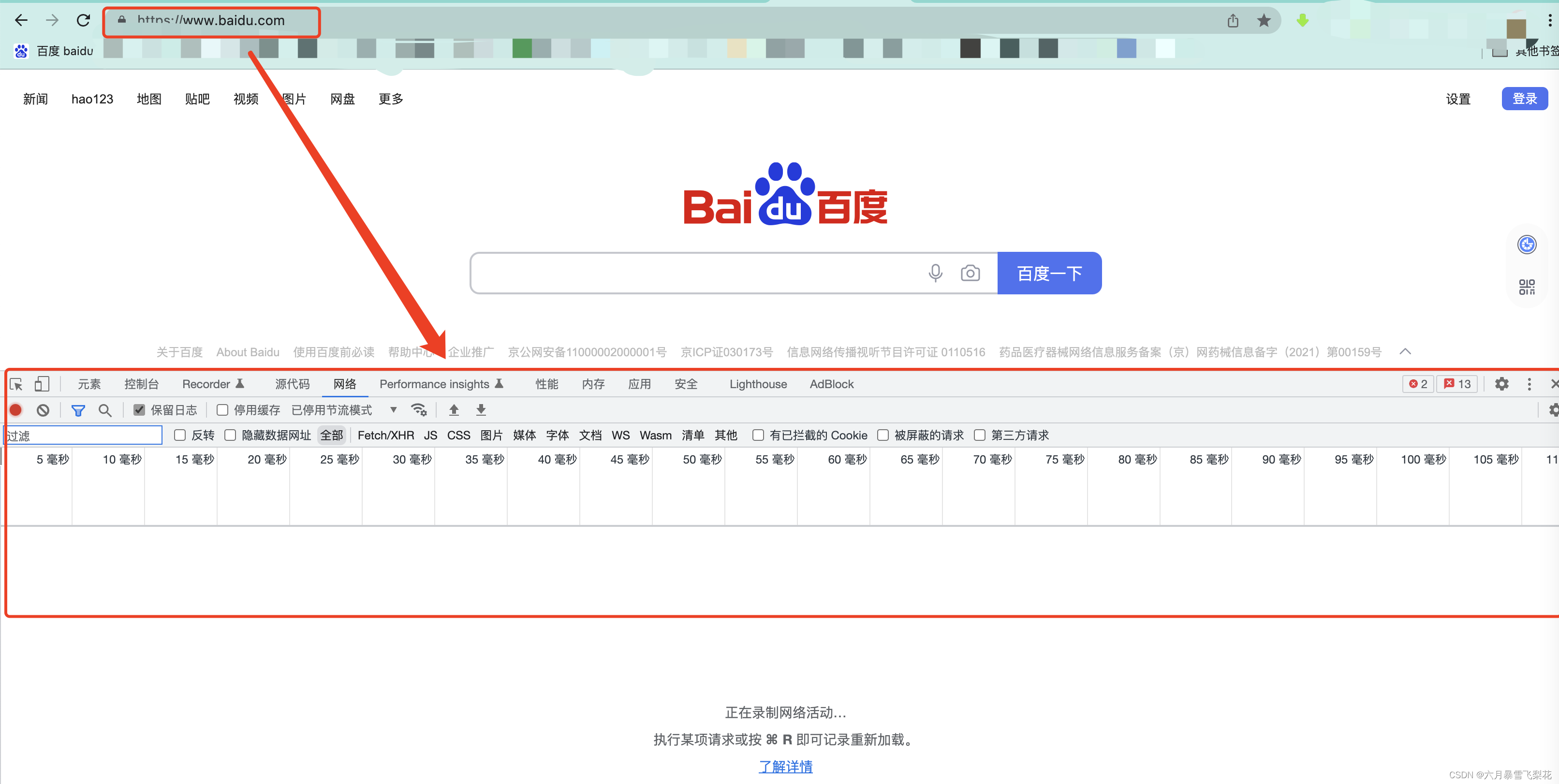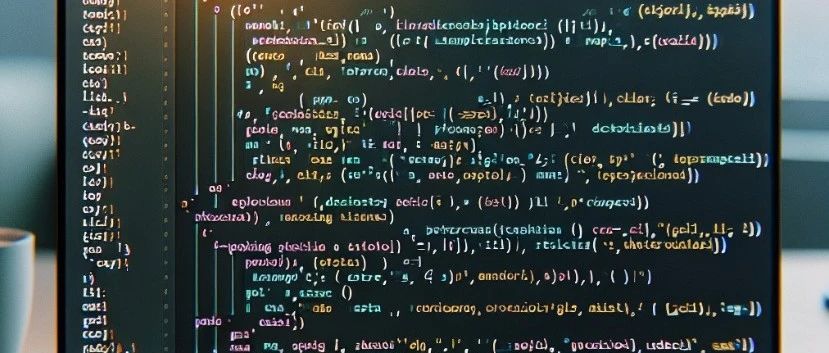#!/usr/bin/env python # -*- coding: utf-8 -*- import requests import json
def call(body,url): headers = {} # 这里有个细节,如果body需要json形式的话,需要做处理 # 可以是data = json.dumps(body) response = requests.post(url, data = json.dumps(body), headers = headers) # 也可以直接将data字段换成json字段,2.4.3版本之后支持 # response = requests.post(url, json = body, headers = headers) # 返回信息 print response.text # 返回响应头 print response.status_code return "回调发送成功"
if __name__=="__main__": url = "http://192.168.0.128:8080/api/register/result" data = '[{"bugid": "12260", "type": "success", "bugname": "firefox"}, {"bugid": "12261", "type": "success", "bugname": "xulrunner"}, {"bugid": "12262", "type": "failed", "bugname": "xulrunner-devel"}]' call(data,url)













